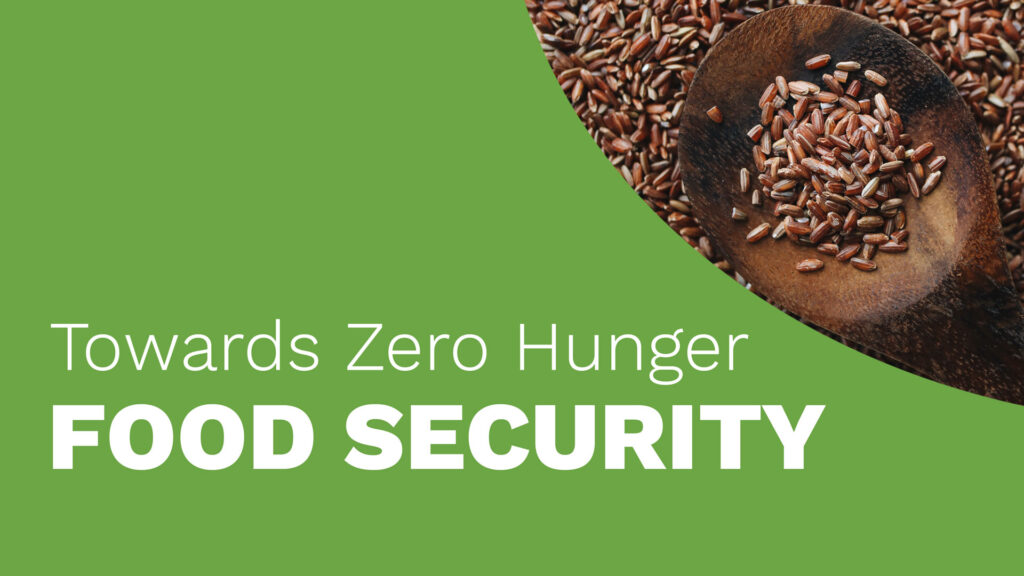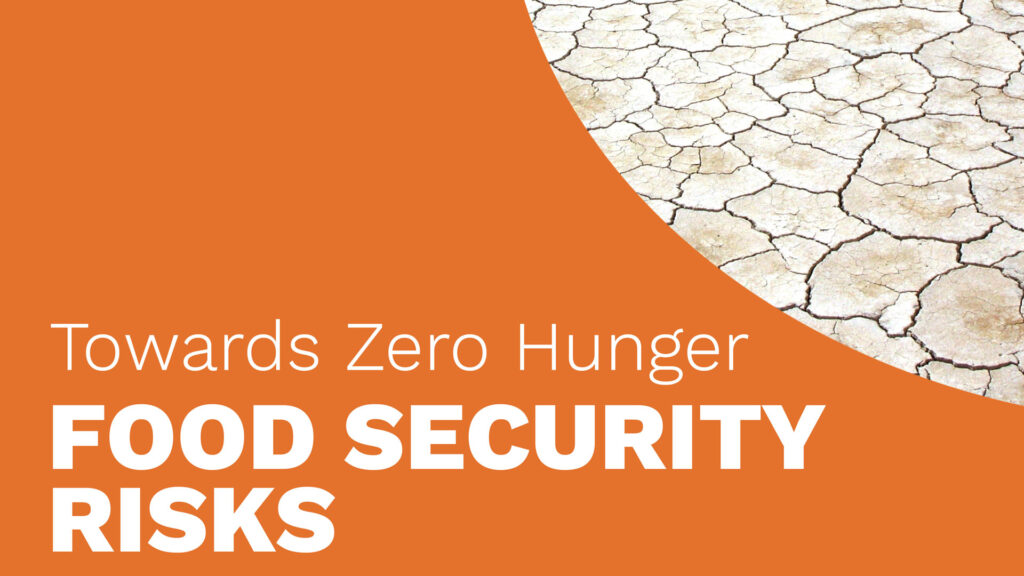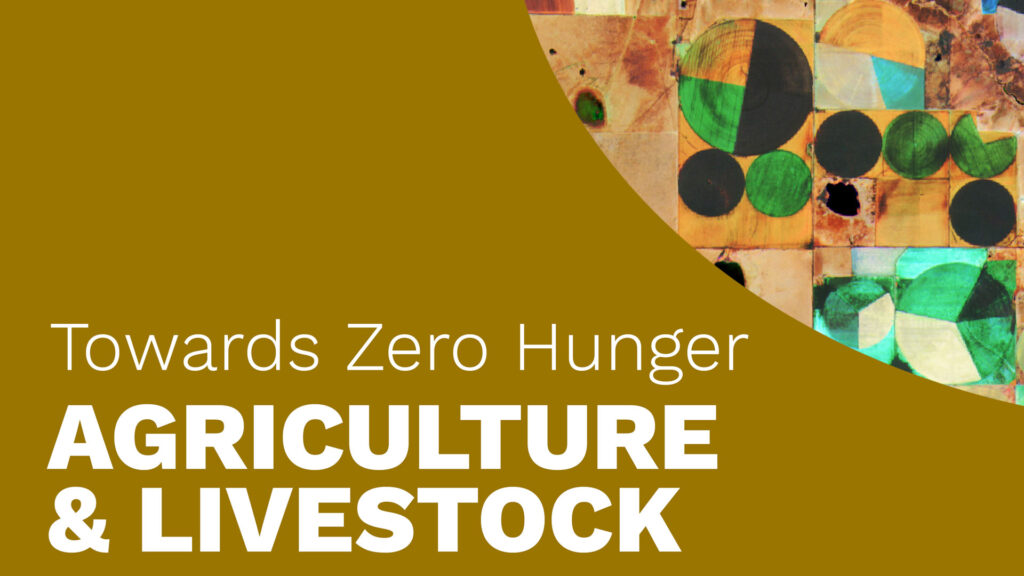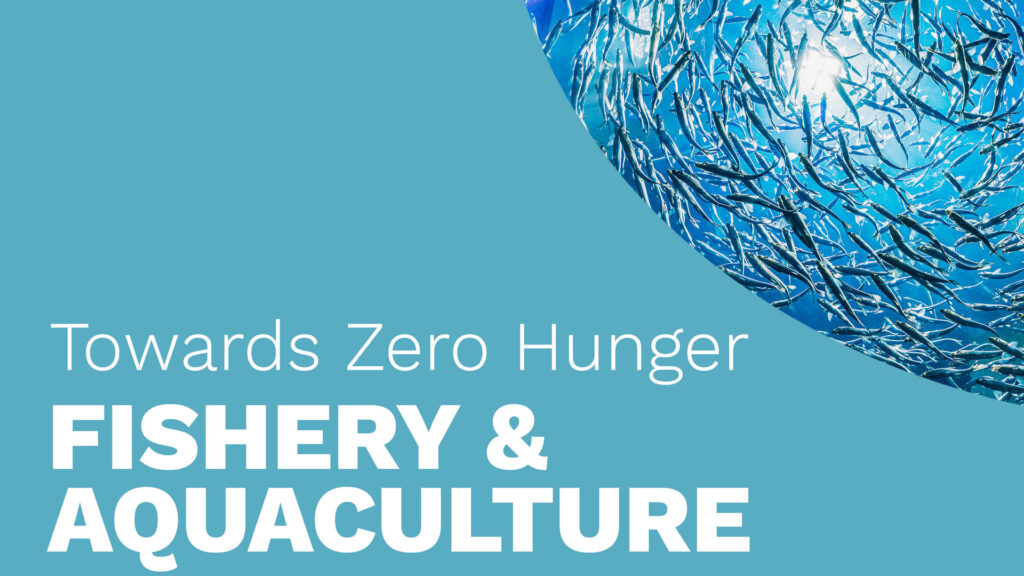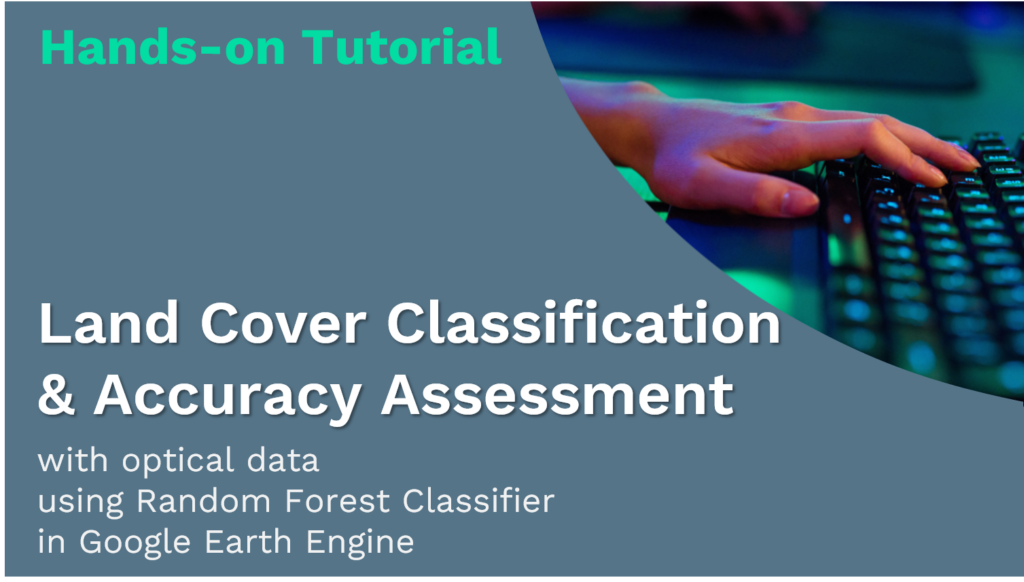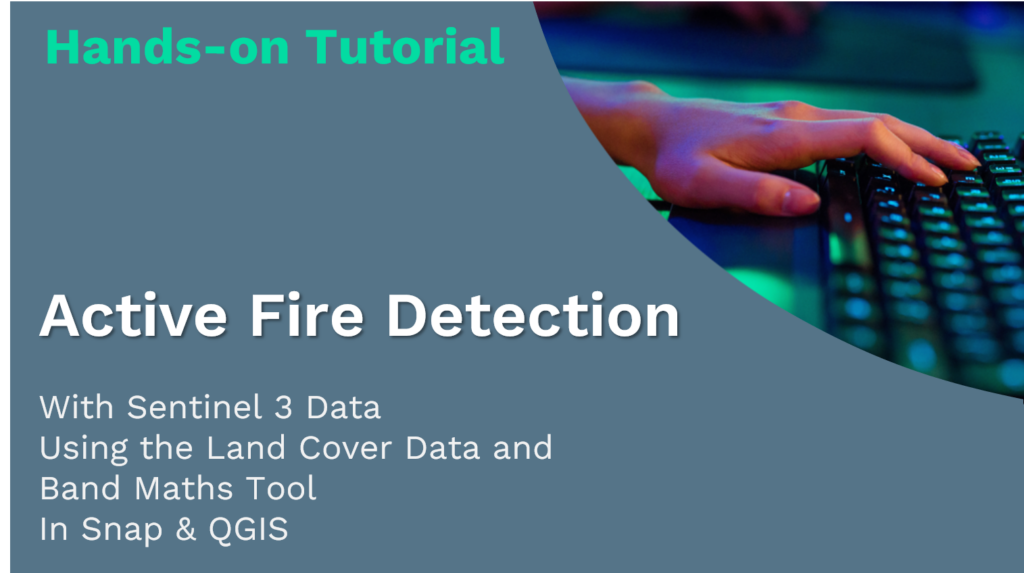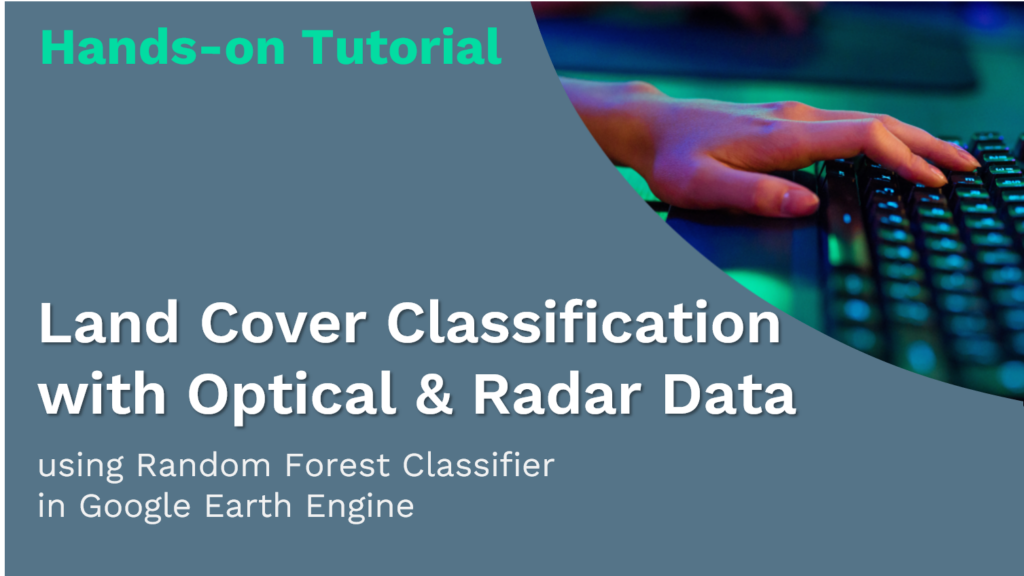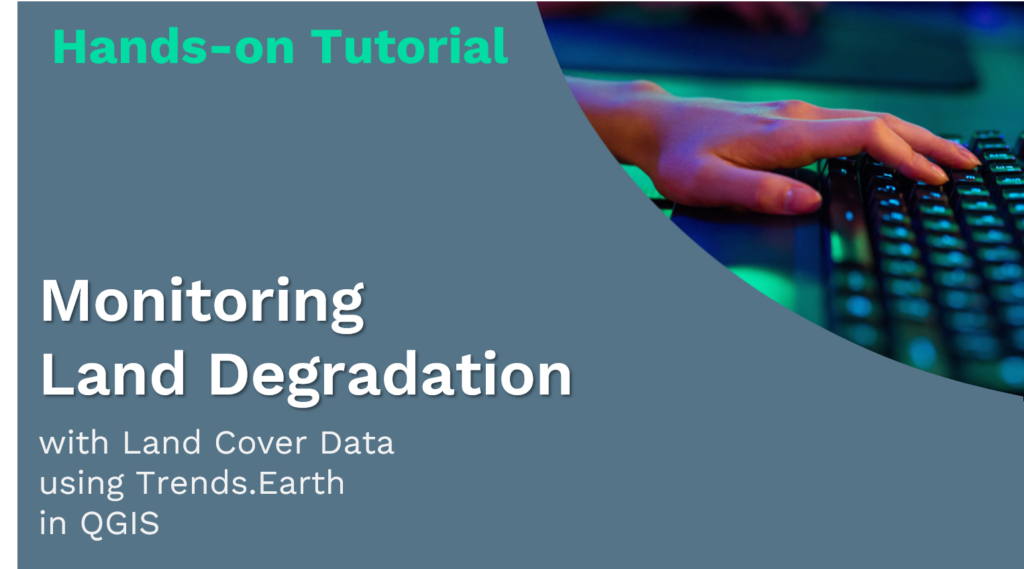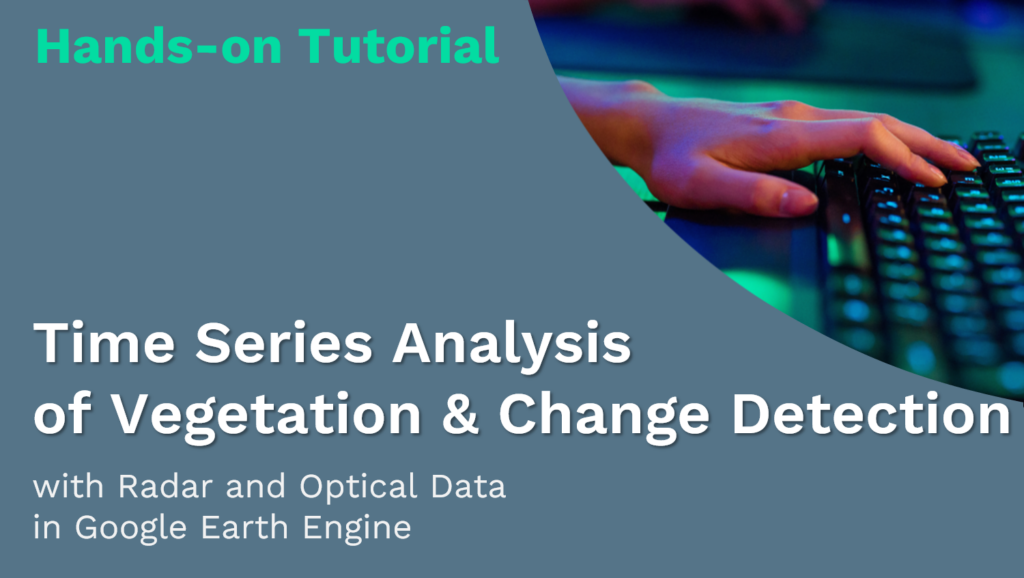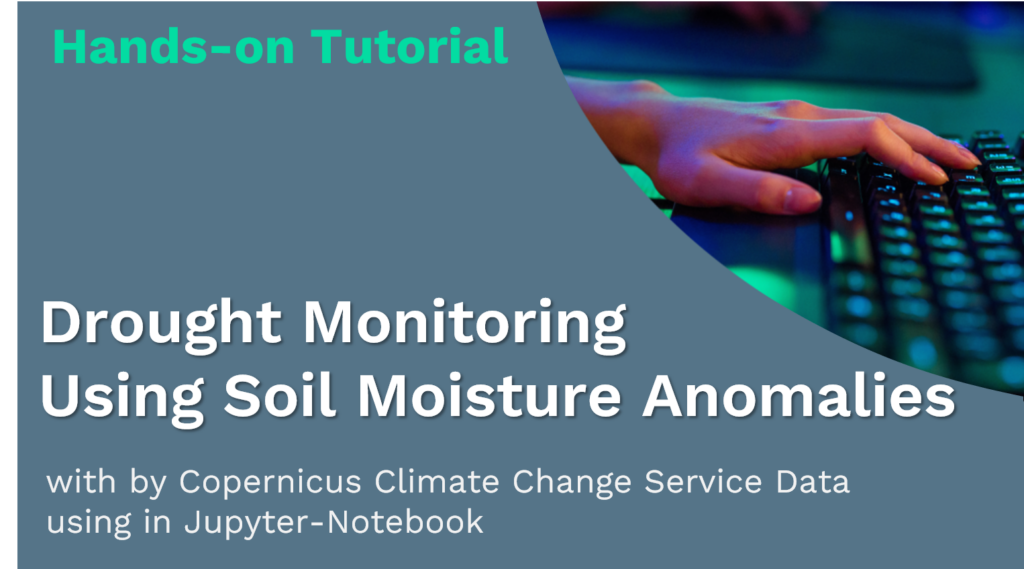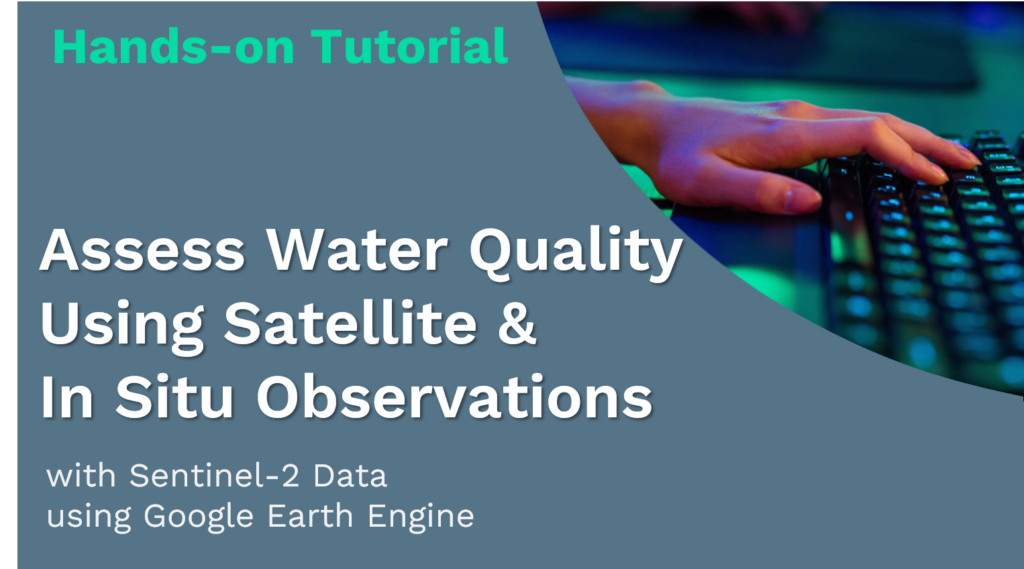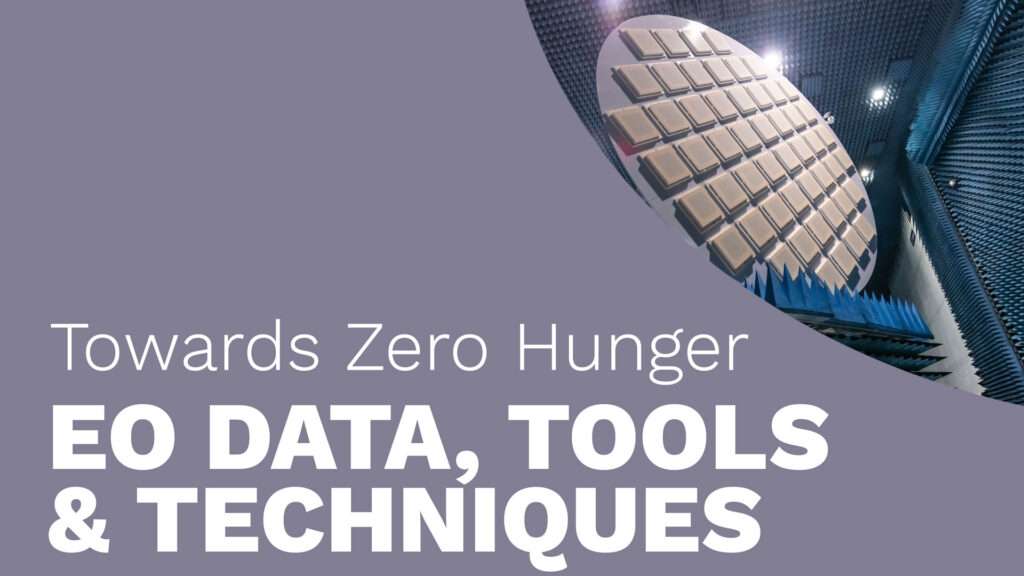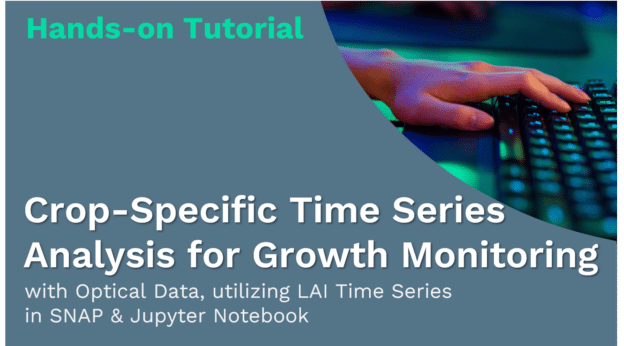Crop-Specific Time Series Analysis for Growth Monitoring
with Optical Data
utilizing LAI Time Series
in SNAP & Jupyter Notebook
This hands-on tutorial is part of a series of online learning materials.
Towards Zero Hunger will give you insights into the potential of remote sensing technologies to support the United Nations’ Sustainable Development Goal 2: Zero Hunger.
This tutorial teaches you how to prepare a reflectance time series using the SNAP toolbox and Sentinel-2 data, focusing on extracting key vegetation indices such as NDVI and LAI. You’ll learn to automate processes using the Graph Builder for efficient batch processing and apply quality control using Jupyter Notebook. The session concludes with advanced techniques for conducting crop-specific time series analysis at a regional level and assessing spatial variability within fields.
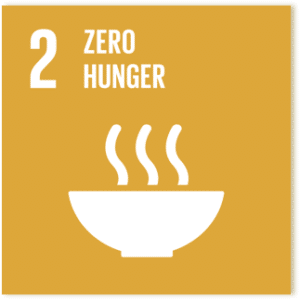
SDG 2: Zero Hunger Relevance
Reflectance time series analysis using indices like NDVI (Normalized Difference Vegetation Index) and LAI (Leaf Area Index) is critically relevant to addressing Zero Hunger by providing vital data for optimizing agricultural productivity and sustainability. NDVI helps in assessing plant health by measuring the density and vigor of vegetation from satellite images, allowing for the effective monitoring of crop growth across large areas and over time. Similarly, LAI measures the leaf area relative to the ground area, which is essential for understanding photosynthetic capacity and thus crop yield potential. By facilitating precise agriculture, these indices help in managing resources more efficiently, predicting crop yields, and implementing interventions at critical growth stages, all of which are crucial for ensuring food security and reducing hunger.
Explore below the SDG 2: Zero Hunger relevance of applications related to
- Crop & Grazing Land Monitoring – Agriculture & Livestock
- Forest & Water Monitoring – Forestry & Agroforestry – Fishery & Aquaculture
- Environmental Monitoring – Agriculture & Livestock – Forestry & Agroforestry – Fishery & Aquaculture
Source Tutorial
This tutorial is part of the NASA Applied Remote Sensing Training Program (ARSET). Original creators: Pierre Defourny (UCLouvain) & Fabrizio Ramoino (ESA)
The original content can be found at:
NASA-ARSET Training: Mapping Crops and their Biophysical Characteristics with Polarimetric SAR and Optical Remote Sensing. NASA Applied Remote Sensing Training Program (2022).
Part 4: Crop-Specific Time Series Analysis for Growth Monitoring
On ARSET’s training site, you will find a video providing step-by-step instructions and explanations for the tutorial. The first part of the video provides the relevant background information.
Credit
This topic was created with the help of learning materials that were kindly provided by:
- NASA Applied Remote Sensing Training Program (ARSET): Pierre Defourny (UCLouvain) & Fabrizio Ramoino (ESA)(2022). Mapping Crops and their Biophysical Characteristics with Polarimetric SAR and Optical Remote Sensing. NASA Applied Remote Sensing Training Program (2022).
About Instructor





